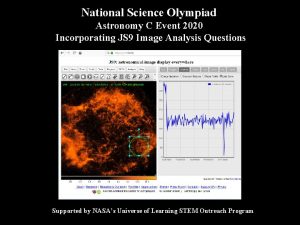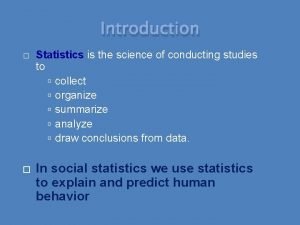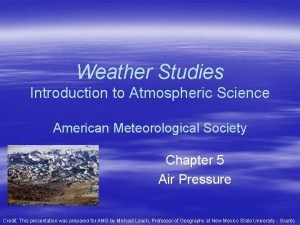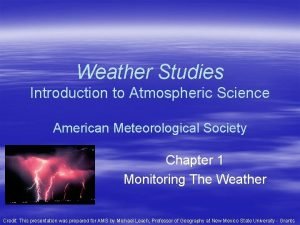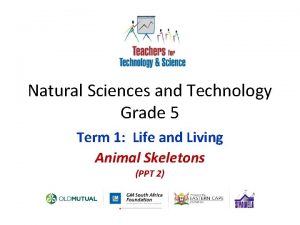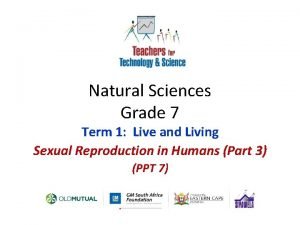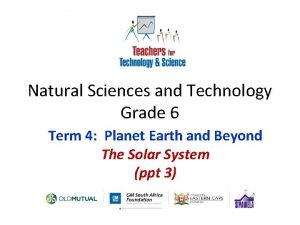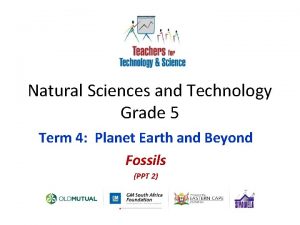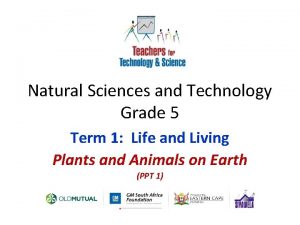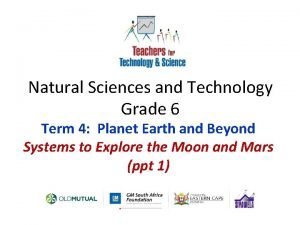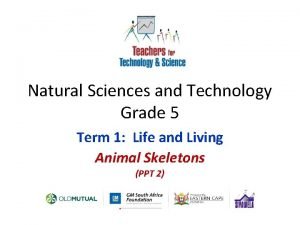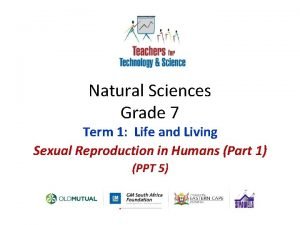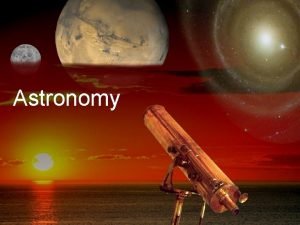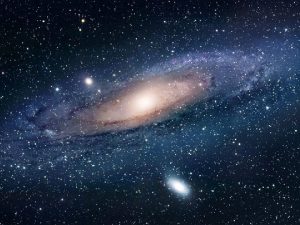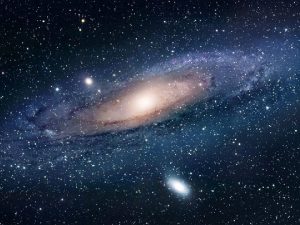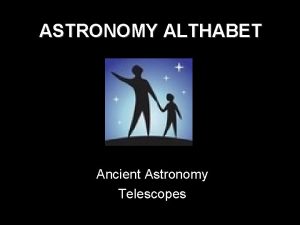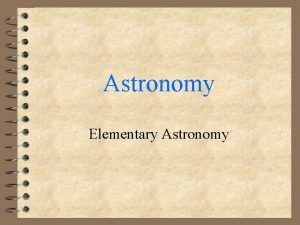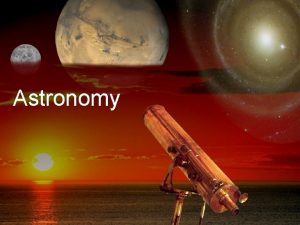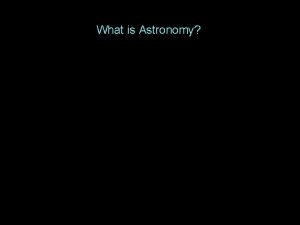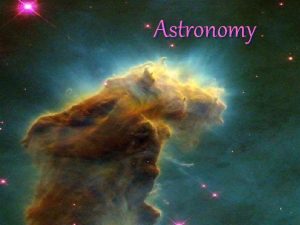ASTRONOMY Astronomy is a natural science that studies































































- Slides: 63



ASTRONOMY

• Astronomy is a natural science that studies celestial objects and phenomena. It applies mathematics, physics, and chemistry in an effort to explain the origin of those objects and phenomena and their evolution

How did it all begin? ? Big bang 5 min



Forget the big bang, tune in to the big hum THE big bang sounded more like a deep hum than a bang, according to an analysis of the radiation left over from the cataclysm. Physicist John Cramer of the University of Washington in Seattle has created audio files of the event which can be played on a PC. "The sound is rather like a large jet plane flying 100 feet above your house in the middle of the night, " he says. Giant sound waves propagated through the blazing hot matter that filled the universe shortly after the big bang. These squeezed and stretched matter, heating the compressed regions and cooling the rarefied ones. Even though the universe has been expanding and cooling ever since, the sound waves have left their imprint as temperature variations on the afterglow of the big bang fireball, the so-called cosmic microwave background. Cramer was prompted to recreate the din- last heard 13. 7 billion years ago- by an 11 -year-old boy who wanted to know what the big bang sounded like for a school project. To produce the sound, Cramer took data from NASA's Wilkinson Microwave Anisotropy Probe. Launched in 2001, the probe has been measuring tiny differences in the temperature between different parts of the sky. From these variations, he could calculate the frequencies of the sound waves propagating through the universe during its first 760, 000 years, when it was just 18 million light years across. At that time the sound waves were too low in frequency to be audible. To hear them, Cramer had to scale the frequencies 100, 000 billion times. Nevertheless, the loudness and pitch of the sound waves reflect what happened in the early universe. During the 100 -second recording (http: //www. npl. washington. edu/AV/Big. Bang. Sound_2. wav), the frequencies fall because the sound waves get stretched as the universe expands. "It becomes more of a bass instrument, " says Cramer. ###

The universe started as a single point. That point was extremely dense. It became unstable and exploded outward. Today the universe continues to expand.

• Scientists believe the Big Bang occurred between 1215 billion years ago!

Hubble’s Law: Nearby galaxies are moving away slowly while more distant galaxies are moving away more quickly.




What is the Doppler effect? Doppler effect 3 min Shelden episode 2 min

It's the apparent change in the frequency of a wave caused by relative motion between the source of the wave and the observer.



DO NOW: ANSWER THIS At rest Moving Which way is the shift? WHAT DOES IT MEAN?


How BIG is the Universe?

MEASURING DISTANCE • Distances between celestial objects are extremely large. • Rather than miles, astronomers refer to a light-year as a standard unit of distance. • One light-year is the distance light travels in one year.

• The speed of light is 186, 000 mps (300, 000 kps). • Thus, one light-year is about 6 trillion miles. • The nearest star to us (Proxima Centauri) is 4. 2 light-years away.

ASTRONOMICAL UNIT • Another unit of distance is the Astronomical Unit (AU). • One AU is the distance from the Earth to the Sun (93 million miles) • Distances to other objects are given in multiples of AU.

THE DISTANCE FROM THE SUN TO NEPTUNE, THE FARTHEST PLANET FROM THE SUN IS 30 AU. HOW MANY TIMES GREATER, IS THE DISTANCE FROM THE SUN TO NEPTUNE, COMPARED TO THE DISTANCE FROM THE SUN TO EARTH Remember: 1 AU = distance Sun – Earth = 150 million km

GALAXIES Galaxy 2 min

• A galaxy is a collection of millions or billions of stars. • Galaxies can be spiral, elliptical, spherical or irregular in shape.

n. The Sun is part of the Milky Way galaxy, which is a spiral galaxy. n. The Sun is located on one of the spiral arms, far from the galactic center.





Size of our Milky Way galaxy

Put these in order of size: galaxy universe solar system universe galaxy solar system

REGENTS QUESTION Which sequence correctly lists the relative sizes from smallest to largest? (1)our solar system, universe, Milky Way Galaxy (2)our solar system, Milky Way Galaxy, universe (3)Milky Way Galaxy, our solar system, universe (4)Milky Way Galaxy, universe, our solar system

REGENTS ANSWER (2) our solar system, Milky Way Galaxy, universe

e h t d l u o ? c d n w E Ho erse v i Un Death universe

Crash course astro

A STAR IS A BALL OF GAS THAT PRODUCES ITS OWN ENERGY. THEY ARE GROUPED IN LARGE STRUCTURES CALLED GALAXIES. (MILKY WAY). STARS HAVE LIFE-CYCLES LIKE HUMANS.

• Stars vary in their size, mass, density, temperature and composition. Size of stars compared

• Luminosity – the actual brightness of a star • Luminosity depends only a star’s size and temperature

COMPOSITION • Stars are primarily made of Hydrogen and Helium • Many other elements are present in stars in small amounts • A star’s composition can be determined by spectral analysis.

SPECTRAL ANALYSIS • Spectral analysis is the study of the electromagnetic spectrum emitted by a star, using a spectroscope. • Each element emits radiation is a specific set of wavelengths 4: 16

ELECTROMAGNETIC SPECTRUM


COLOR AND TEMPERATURE n. A Star’s color depends upon its surface temperature. •

THE H-R DIAGRAM • The Hertzsprung-Russell (HR) Diagram is a graph of stars, comparing luminosity and temperature.


ESRTs p 15

ESRTs p 15

ESRT p 15 What type of star is our Sun classified as? Circle where it is on the chart


THE H-R DIAGRAM • Main Sequence – band into which most stars • • spend their lives. Red Giants and Supergiants – cooler, very luminous stars that are very large White Dwarfs – hotter, low luminosity stars that are small

THE H-R DIAGRAM

REGENTS QUESTION Which statement describes the general relationship between the temperature and the luminosity of main sequence stars? (1) As temperature decreases, luminosity increases. (2) As temperature decreases, luminosity remains the same. (3) As temperature increases, luminosity increases. (4) As temperature increases, luminosity remains the same.

REGENTS ANSWER (2) As temperature increases, luminosity increases.

REGENTS QUESTION Compared to other groups of stars, the group that has relatively low luminosities and relatively low temperatures is the (1)Red Dwarfs (2)White Dwarfs (3)Red Giants (4)Blue Supergiants

REGENTS ANSWER (1)Red Dwarfs

STAR LIFE CYCLES • Stars are born in a cloud of gas and dust, called a nebula. • The gravity pulls together thegases to form a protostar. • When temp. is hot enough, fusion begins, and a star is born. • Most stars remain as main sequence stars, until their hydrogen fuel is depleted Star birth 2: 25

The star will remain a Main Sequence star, until its fuel, (Sun…hydrogen) runs out

An average star, like the sun, will go then explode, to become a Red Giant, eventually becoming a White Dwarf. Sun explodes…

• A large star would become a Supergiant, then explode as a supernova. The result may be a neutron star, pulsar or black hole. 1 st black hole pic Life cycle of stars

 Learning astronomy by doing astronomy
Learning astronomy by doing astronomy Learning astronomy by doing astronomy
Learning astronomy by doing astronomy Learning astronomy by doing astronomy activity 1 answers
Learning astronomy by doing astronomy activity 1 answers Phân độ lown ngoại tâm thu
Phân độ lown ngoại tâm thu Block xoang nhĩ ecg
Block xoang nhĩ ecg Thơ thất ngôn tứ tuyệt đường luật
Thơ thất ngôn tứ tuyệt đường luật Thơ thất ngôn tứ tuyệt đường luật
Thơ thất ngôn tứ tuyệt đường luật Chiến lược kinh doanh quốc tế của walmart
Chiến lược kinh doanh quốc tế của walmart Tìm vết của đường thẳng
Tìm vết của đường thẳng Con hãy đưa tay khi thấy người vấp ngã
Con hãy đưa tay khi thấy người vấp ngã Tôn thất thuyết là ai
Tôn thất thuyết là ai Gây tê cơ vuông thắt lưng
Gây tê cơ vuông thắt lưng Sau thất bại ở hồ điển triệt
Sau thất bại ở hồ điển triệt Social science vs natural science
Social science vs natural science Mind map of branches of science
Mind map of branches of science Natural and physical science
Natural and physical science Natural science and social science similarities
Natural science and social science similarities Nina’s favorite subject is science
Nina’s favorite subject is science Paradigm shift from women studies to gender studies
Paradigm shift from women studies to gender studies Astronomy definition earth science
Astronomy definition earth science Astronomy science fair projects
Astronomy science fair projects Astronomy science olympiad
Astronomy science olympiad Master of professional studies in data science
Master of professional studies in data science Statistics is the science of conducting studies to
Statistics is the science of conducting studies to Ecology is a science which studies the relationship between
Ecology is a science which studies the relationship between Integrating science and social studies
Integrating science and social studies Weather studies introduction to atmospheric science
Weather studies introduction to atmospheric science American meteorological society
American meteorological society Rhthyme
Rhthyme Entomology is the science that studies
Entomology is the science that studies Natural hazards vs natural disasters
Natural hazards vs natural disasters Natural capital
Natural capital Grade 7 natural sciences term 3
Grade 7 natural sciences term 3 Natural science grade 7 term 2
Natural science grade 7 term 2 Matter and materials (grade 7 worksheets)
Matter and materials (grade 7 worksheets) The biosphere grade 7
The biosphere grade 7 Matter and materials grade 6
Matter and materials grade 6 Grade 6 ecosystems
Grade 6 ecosystems Natural science grade 5 term 2
Natural science grade 5 term 2 Branches of science
Branches of science Grade 4 term 3 natural science
Grade 4 term 3 natural science Term 4 ns grade 7
Term 4 ns grade 7 Natural science grade 7 term 3 notes
Natural science grade 7 term 3 notes Natural science grade 6 term 4
Natural science grade 6 term 4 Natural science grade 5
Natural science grade 5 Grade 5 natural science term 1
Grade 5 natural science term 1 Grade 8 natural science solar system
Grade 8 natural science solar system Natural science and technology grade 6 lesson plans term 4
Natural science and technology grade 6 lesson plans term 4 Grade 6 term 3 natural science
Grade 6 term 3 natural science Energy transfer to surroundings grade 7
Energy transfer to surroundings grade 7 Natural science grade 7 term 3
Natural science grade 7 term 3 Anemophily
Anemophily Human sciences tok
Human sciences tok Natural science and technology grade 5 term 1
Natural science and technology grade 5 term 1 Proquest natural science collection
Proquest natural science collection Nsfc china
Nsfc china Insulation and energy saving grade 7
Insulation and energy saving grade 7 Grade 7 term 1 natural science
Grade 7 term 1 natural science Knowledge framework human sciences
Knowledge framework human sciences Applied science vs pure science
Applied science vs pure science Sciencefusion think central
Sciencefusion think central Rule of 70 in population growth
Rule of 70 in population growth Windcube lidar
Windcube lidar Hard and soft science
Hard and soft science





















